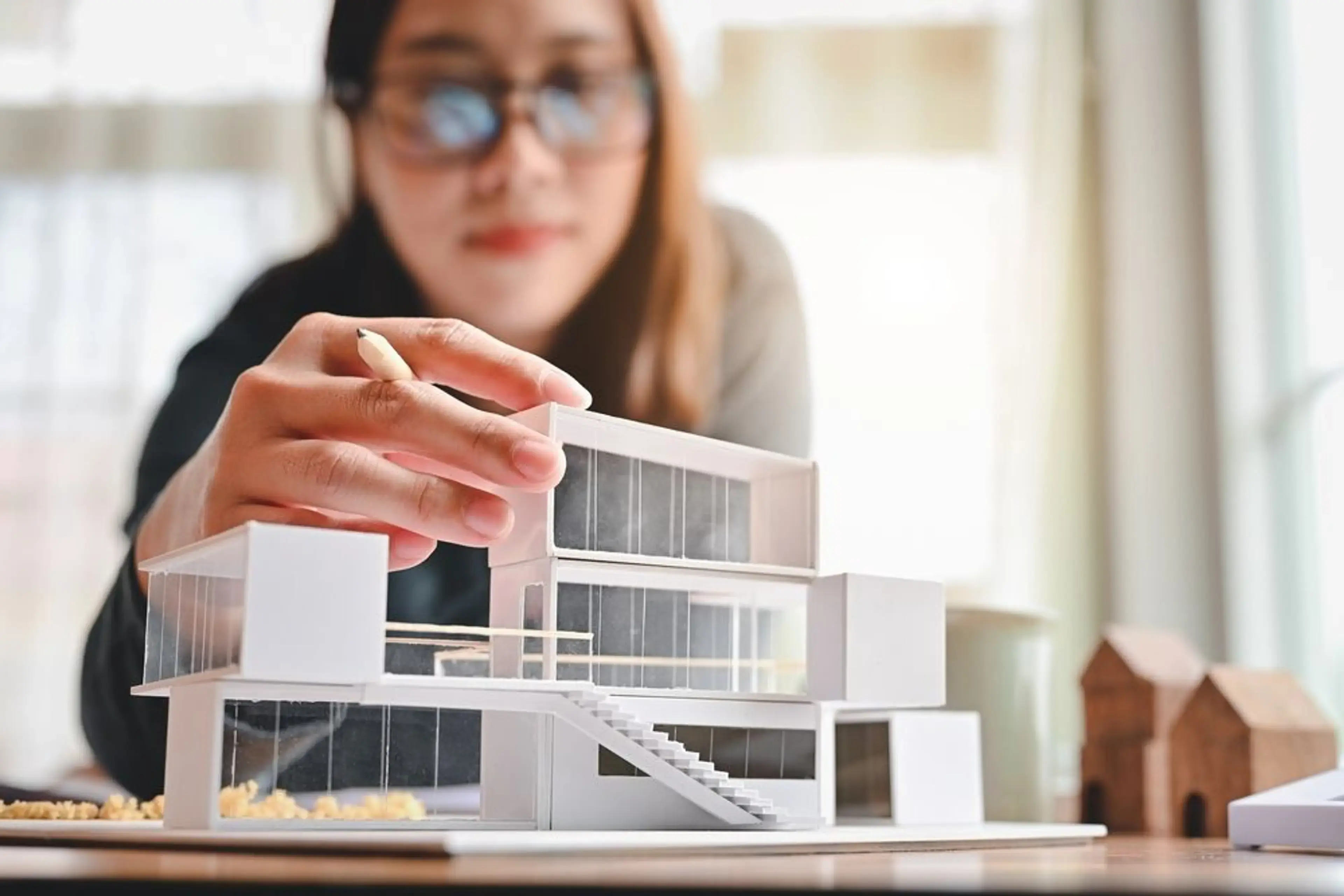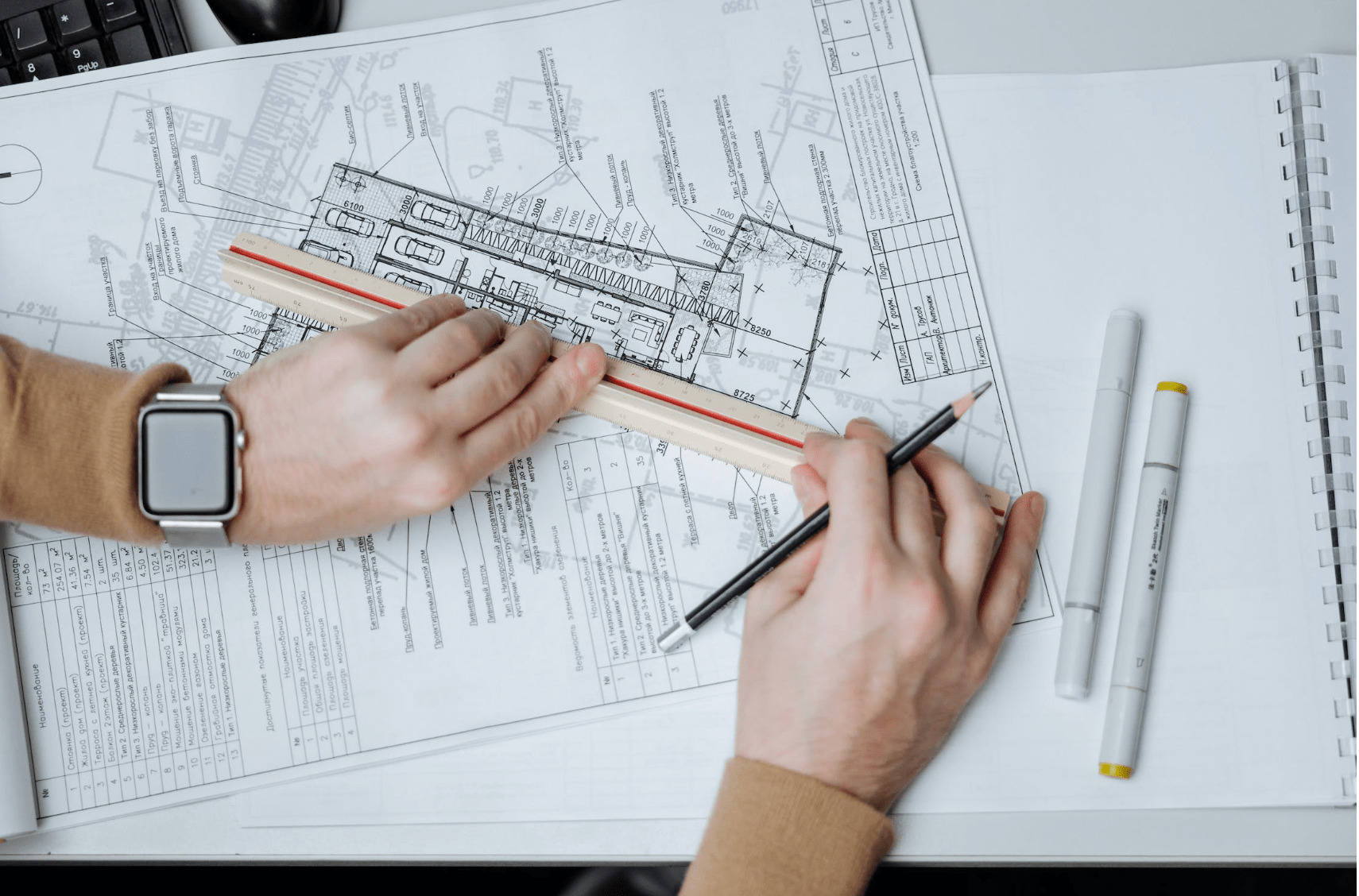Architect-Approved Home Remodeling Ideas
Architect-Approved Home Remodeling Ideas
Blog Article
Understanding the Diverse Career Paths Available for Aspiring Architect
As an aspiring Architect, you have a world of job paths waiting for you. Whether you're attracted to conventional architecture or the nuances of sustainable layout, there's a particular niche that aligns with your interests.
Standard Style: Creating Buildings and Frameworks
Conventional design concentrates on making structures and frameworks that mix performance with visual charm. Your styles can show social heritage, showcasing regional customs while meeting modern-day demands.
You'll establish abilities in composing, model-making, and website evaluation, enabling you to picture and interact your ideas efficiently. Engaging with customers, you'll require to comprehend their vision and equate it into feasible designs.
In addition, constructing codes and sustainability methods are necessary in your job, ensuring your frameworks are secure and eco-friendly. As you expand in your occupation, you'll find opportunities in residential, commercial, and even restoration tasks, each offering one-of-a-kind difficulties. Embracing typical design leads the way for a satisfying career that pays tribute to the past while shaping the future.
Urban Preparation: Shaping Areas and Public Spaces
As a hopeful Architect, you can play a vital role as a city planner, changing how areas connect and work. By employing neighborhood engagement methods, you'll guarantee that homeowners have a voice in shaping their setting. Plus, incorporating sustainable style principles will certainly assist create rooms that not only satisfy today's requirements yet likewise shield the future.
Role of Urban Planners
While numerous may believe of engineers as the single dreamers behind structures, metropolitan coordinators play a crucial duty in forming the more comprehensive landscape of communities and public rooms. By collaborating with various stakeholders, you'll help create parks, transportation systems, and household locations that promote social communication and access. Your proficiency in spatial design and area characteristics enables you to envision future development while protecting cultural heritage.
Community Involvement Methods
Reliable neighborhood involvement strategies are important for urban planners to guarantee that the voices of homeowners are heard and valued in the preparation procedure. To foster purposeful dialogue, you should focus on open online forums and workshops where community participants can share their ideas and problems. By proactively listening and integrating feedback, you'll create rooms that show the neighborhood's demands, eventually leading to more effective and lasting urban settings.
Lasting Style Principles
When creating city areas, including sustainable style principles is crucial for producing environments that grow both environmentally and socially. Think about integrating environment-friendly rooms, like gardens and parks, to boost biodiversity and enhance air quality.
Creating with water preservation in mind is also key-- think of rain yards and permeable surface areas to take care of stormwater. Including neighborhood members throughout the planning process guarantees that the areas you create satisfy their needs and motivate social interaction. By accepting these concepts, you'll add to vibrant, lasting city landscapes that benefit every person.

Landscape Style: Creating Sustainable Outside Settings
As you explore landscape design, you'll uncover essential style concepts that develop useful and beautiful outdoor areas. Lasting techniques play an essential function in making sure these settings thrive while reducing environmental effect. And also, you'll discover a selection of job opportunities that allow you to make a genuine distinction in just how people communicate with nature.
Layout Concepts in Landscape
Understanding design principles in landscape architecture is vital for producing sustainable outdoor environments that harmonize with nature. You'll need to contemplate components like proportion, equilibrium, and range to guarantee your layouts really feel natural and welcoming. Incorporating indigenous plants not just improves biodiversity however also reduces water usage, making your landscape durable. Think of the flow of space and just how individuals communicate with it; pathways and seating locations must invite expedition and relaxation. Additionally, focus on seasonal adjustments, developing with materials that enhance the surroundings year-round (Architect). By focusing on sustainability and visual appeals, you can develop outside spaces that improve the community and advertise well-being. Welcoming these principles will certainly set a solid foundation for your profession in landscape architecture.
Lasting Practices Summary
Sustainable methods in landscape style not only focus on aesthetics yet likewise focus on ecological health and wellness and source preservation. By incorporating native plants, you enhance biodiversity and minimize the demand for chemical plant foods and chemicals. Implementing effective irrigation systems assists preserve water and decreases runoff, protecting neighboring communities. You can develop areas that advertise soil health and wellness, such as making use of natural products and exercising permaculture concepts. In addition, integrating eco-friendly facilities, like rain gardens and porous sidewalks, help in stormwater monitoring and lowers city warmth. You contribute to a healthier earth and give areas that promote community link when you develop outside environments with sustainability in mind. Ultimately, these techniques ensure your styles benefit both individuals and the environment for years to come.
Job Opportunities Exploration
With a solid structure in lasting techniques, landscape style supplies a selection of job paths that allow you to make a significant effect on the environment. Urban planners frequently collaborate with landscape architects to create environment-friendly rooms in city setups, improving city livability. If you're passionate about education and learning, take into consideration ending up being a landscape design educator, inspiring future generations.
Lasting Style: Concentrating On Eco-Friendly Practices
As you discover your occupation in design, embracing environmentally friendly practices can establish you apart in an affordable field. Lasting style focuses on developing structures that reduce environmental influence while enhancing occupant wellness. By incorporating eco-friendly materials, energy-efficient systems, and lasting building strategies, you'll contribute to a greener future.
Beginning by getting knowledge of environment-friendly accreditations like LEED or BREEAM, which can bolster your qualifications. Think about just how natural light, air flow, and thermal efficiency can maximize design. Work together with engineers and ecological specialists to innovate options that reduce waste and save sources.
Don't fail to remember the importance of neighborhood participation-- engaging regional stakeholders can motivate designs that balance with the setting. As customers increasingly prioritize sustainability, your knowledge in green practices will not just bring in projects but likewise meet your interest for responsible architecture. Accept this critical aspect of the profession, and view your occupation prosper.
Historical Conservation: Safeguarding and Restoring Social Heritage
While you start on your building trip, take into consideration the important function of historic preservation see this here in preserving our cultural heritage. This field focuses on the protection and remediation of considerable buildings, sites, and structures that tell the tales of our past. By participating in historical conservation, you'll assist secure the architectural legacy that shapes area identification.
As a historic conservation Architect, you'll assess historical significance and examine the condition of frameworks. You'll work very closely with guardians and historians to guarantee genuine restoration methods are employed. This job course allows you to blend imagination with study, enabling you to develop solutions that appreciate initial materials and workmanship.
Your job not only adds to sustainability by recycling existing buildings however additionally fosters a feeling of satisfaction within communities. Accepting this course will certainly help you end up being a guardian of background, preserving the stories and aesthetics that enhance our lives.
Inside Style: Enhancing Indoor Spaces
Historic preservation and interior design both share a dedication to boosting the constructed environment, but they concentrate on various facets. While historical conservation emphasizes maintaining a structure's historic and social worth, indoor style absolutely nos in on maximizing interior rooms for functionality and aesthetic appeals.
As an ambitious Architect, you'll discover that indoor style permits you to mix creative thinking with technological abilities. You'll make rooms that not just look excellent yet additionally advertise convenience and effectiveness. This field includes recognizing just how light, shade, and materials communicate within a space, affecting mood and usability.
You'll deal with numerous jobs, from property homes to industrial offices, ensuring that each setting fulfills the requirements of its residents. By prioritizing customer experience, you can change interiors into functional and motivating rooms, making a substantial influence on exactly how individuals connect with this their surroundings. Embrace the possibility to improve indoor settings and shape the way individuals live and work.
Industrial Style: Combining Performance With Aesthetic Appeals
Industrial layout plays a necessary function in developing products that seamlessly mix visual appeals with capability, making sure that what you utilize daily is not just visually attractive but likewise useful. As an ambitious Architect, you might involve yourself in this area, concentrating on creating everything from furniture to customer electronics. Your work entails understanding individual demands, materials, and manufacturing processes, permitting you to create ingenious remedies that enhance daily experiences.
In commercial style, you'll frequently work together with producers, designers, and marketing experts, guaranteeing that your styles are not just attractive but also feasible. You'll learn to balance form and function, focusing on use without giving up design. By sharpening your abilities in laying out, 3D modeling, and prototyping, you'll be well-appointed to bring your concepts to life. This occupation path provides a dynamic environment where creative thinking meets usefulness, making it a fulfilling selection for engineers thinking about shaping the products of tomorrow.
Regularly Asked Questions
What Educational Accreditations Do I Need to Come To Be an Architect?
To end up being an engineer, you'll need an expert level in architecture, normally a Bachelor's or Master's. Additionally, you'll have to finish a teaching fellowship and pass the Architect Registration Assessment to exercise legally.
Are There Accreditation Needs for Various Architectural Profession Paths?
Yes, there're accreditation needs for various architectural paths. Architect. You'll need to pass examinations, total internships, and in some cases go after specialized training, depending upon your picked focus, like landscape architecture, urban style, or historic preservation
What Software Application Skills Are Vital for Engineers Today?

How Can I Gain Practical Experience While Studying Style?
You can get functional experience by interning at building firms, taking part in design competitors, volunteering for community tasks, or working together with classmates on real-world assignments. These possibilities improve your skills and construct beneficial connections in the industry.
What Job Opportunities Exist Outdoors Standard Architecture Firms?
You can discover different task chances outside conventional design firms, like city preparation, indoor layout, landscape architecture, building management, genuine estate development, or also duties in sustainability consulting. Each offers special challenges and benefits.
Whether you're attracted to conventional style or the nuances of sustainable layout, there's a specific niche that straightens with your interests.When creating city spaces, integrating lasting design principles is crucial for producing settings that thrive both ecologically and socially.As you check out landscape style, you'll discover vital design principles that produce practical and lovely exterior spaces.Understanding style principles in landscape architecture is vital for producing lasting exterior settings that harmonize with nature.In industrial design, you'll frequently work together with suppliers, designers, and marketing professionals, making sure that your styles are not only gorgeous but also viable.
Report this page